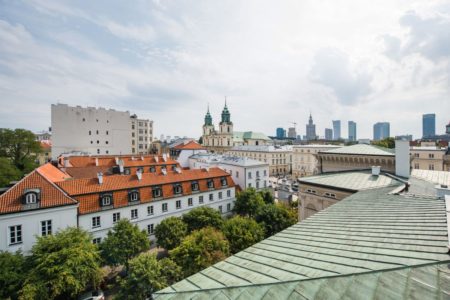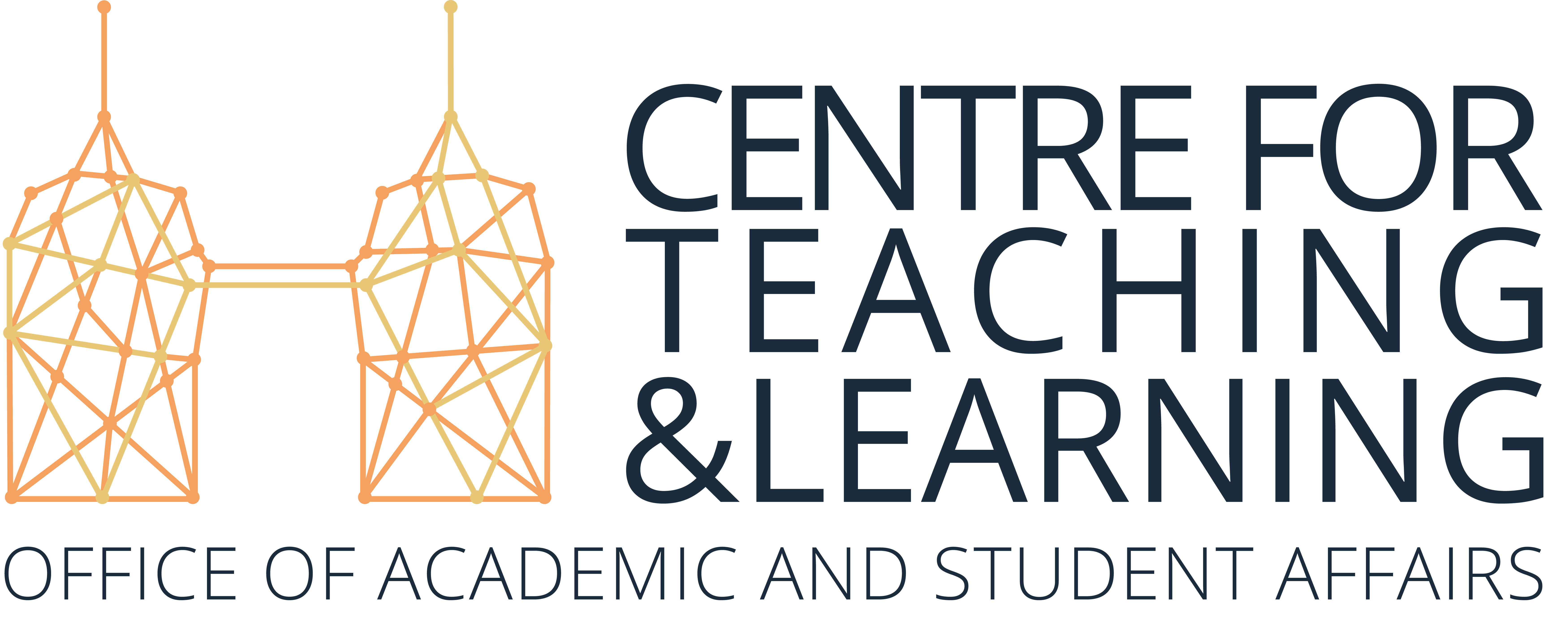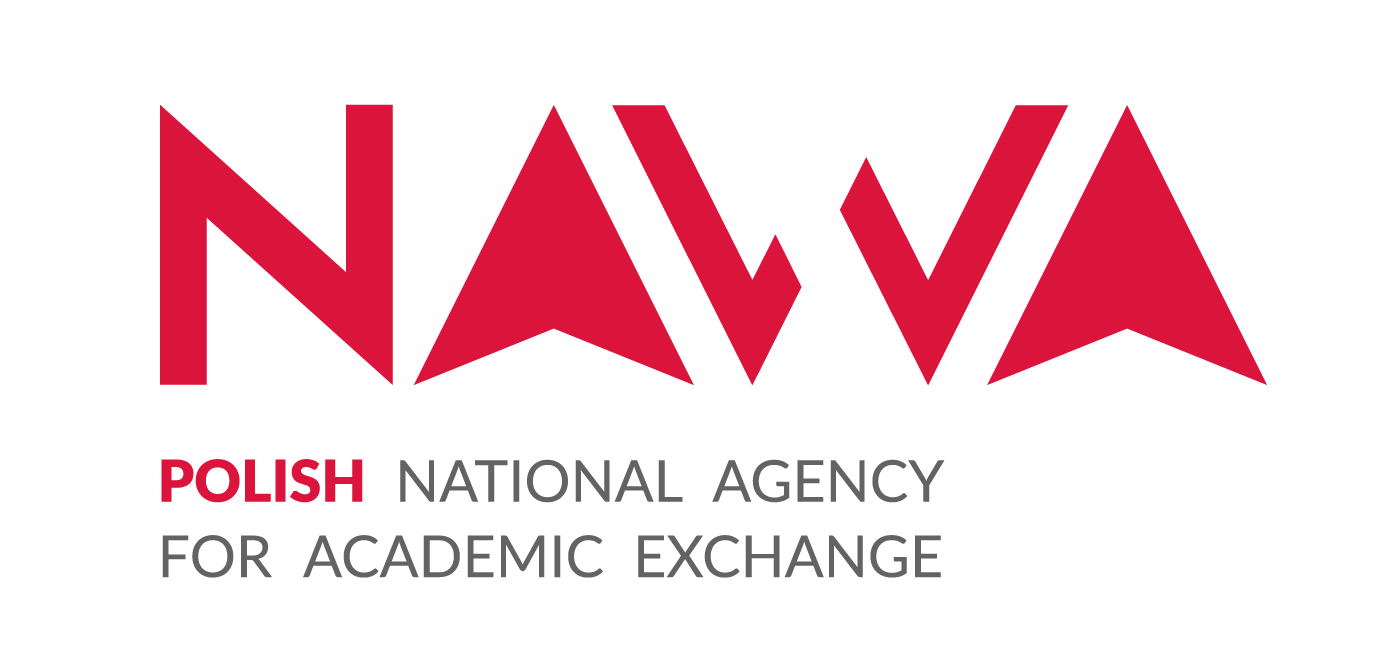General overview:
In Poland pre-school education is offered to children between 3 and 6 years old. 6 year olds are then obliged to attend to a pre-school class for one-year of school preparation.
After that, children attend an 8-year primary school, where teaching is divided into two stages:
- grades I-III – early stage during which children are gaining basic, integrated knowledge,
- grades IV-VIII – second stage with subject-based teaching.
Later on pupils can continue their education in one of many types of secondary schools (education is compulsory until the age of 18):
- 4 year general secondary school (liceum ogólnokształcące),
- 5 year technical secondary school (technikum),
- 3 year special school preparing for employment (szkoła specjalna przysposabiająca do pracy),
- 3 year stage I sectoral vocational schools (branżowa szkoła I stopnia),
- 2 year stage II sectoral vocational schools (branżowa szkoła II stopnia).
After finishing secondary school students can take the maturity exam (matura) which gives them access to higher education. They can also attend to post-secondary schools (szkoły policealne).
Higher education
Higher education in Poland is divided on account of types of programmes that are offered to candidates. There are:
| Type of a programme | Description | Duration |
| 1st cycle programmes | undergraduate studies offered to applicants holding maturity certificate and leading to a degree of a Bachelor | 3 years (mostly) |
| 2nd cycle programmes | graduate studies dedicated to candidates holding a Bachelor’s degree and leading to a degree of a Master | 2 years (mostly) |
| long cycle programmes | graduate studies dedicated to candidates with maturity certificate, and leading to a degree of a Master | 5 years (mostly) |
| 3rd cycle programmes | doctoral studies are open to those who have Master’s degree. They provide special knowledge in a specific field of science | 4 years |
| non-degree post-graduate programmes | dedicated to candidates holding Bachelor’s or Master’s degree | varies |
Those programmes are offered in higher education institutions that can be divided into two main groups: public institutions and non-public (=private) ones. They are organized in several different ways, depending mostly on the field of study that they are specialized in (for example: art or medicine).
Higher education institutions use many different names, such as:
- university
- technical university
- ‘university’ with adjective that define its profile
- university of applied sciences
- academy
They are not random by any means. Each of them is strictly connected with number of doctoral degrees that the institution can grant in different disciplines as well as with profiles of those disciplines. For example, University of Warsaw is authorized to grant a doctoral degree in more than 30 various areas, which far surpasses requirement of at least two in humanities, science and natural sciences for an institution of ‘university’ status.
What is also worth mentioning, Poland is a signatory of Bologna Process which means that our evaluation system and academic degrees are comparable and acknowledged in all, 47, of Bologna Process’ countries. Below you can check Polish degrees and compare them with English ones:
- profesor – Professor – the word ‘profesor’ functions in two different ways in Poland: as a name of a position and as an academic degree.
- doktor habilitowany – Doctor of Science – there is no such thing as ‘doktor habilitowany’ in English speaking world. That is why we usually translate that degree as a ‘Doctor of Science’ – an esteemed scientist with a long tenure
- doktor – Doctor
- magister – Master
- licencjat/ inżynier – Bachelor – there are two types of Bachelors in Poland: ‘licencjat’ in humanities and ‘inżynier’ in science









